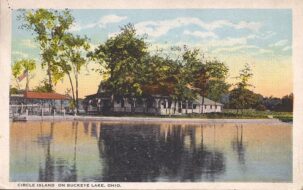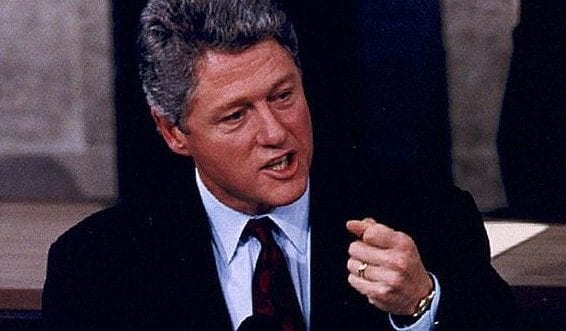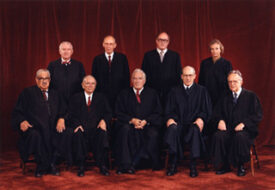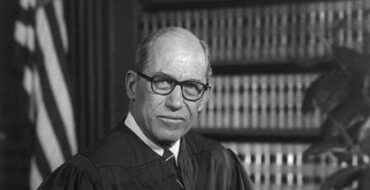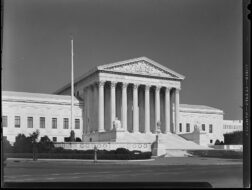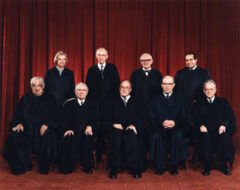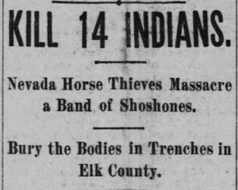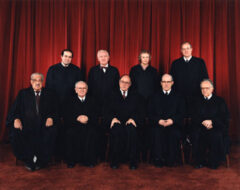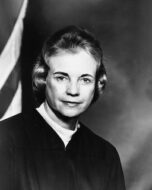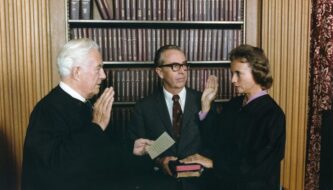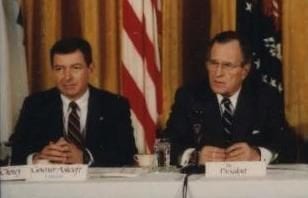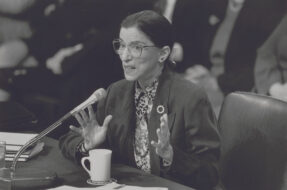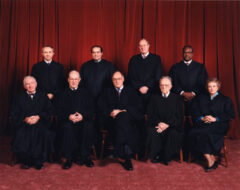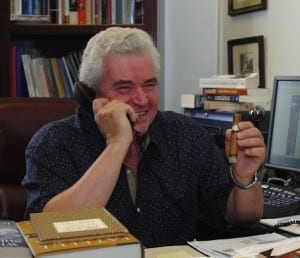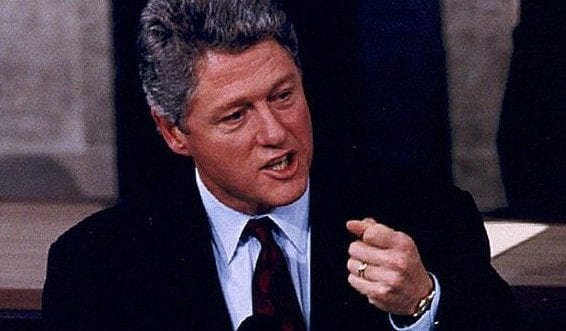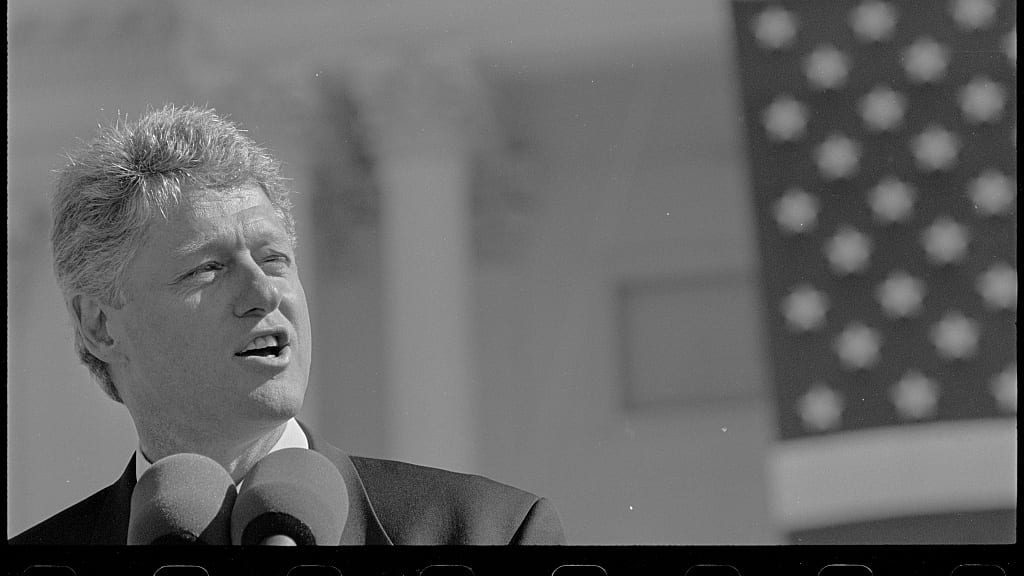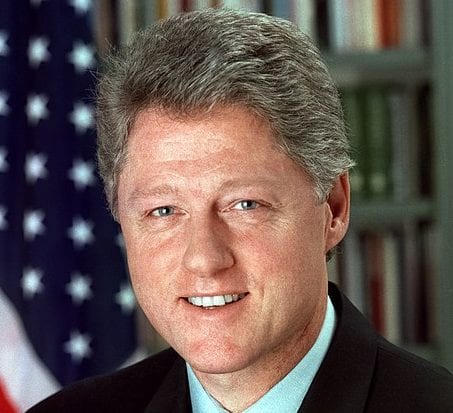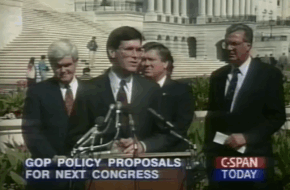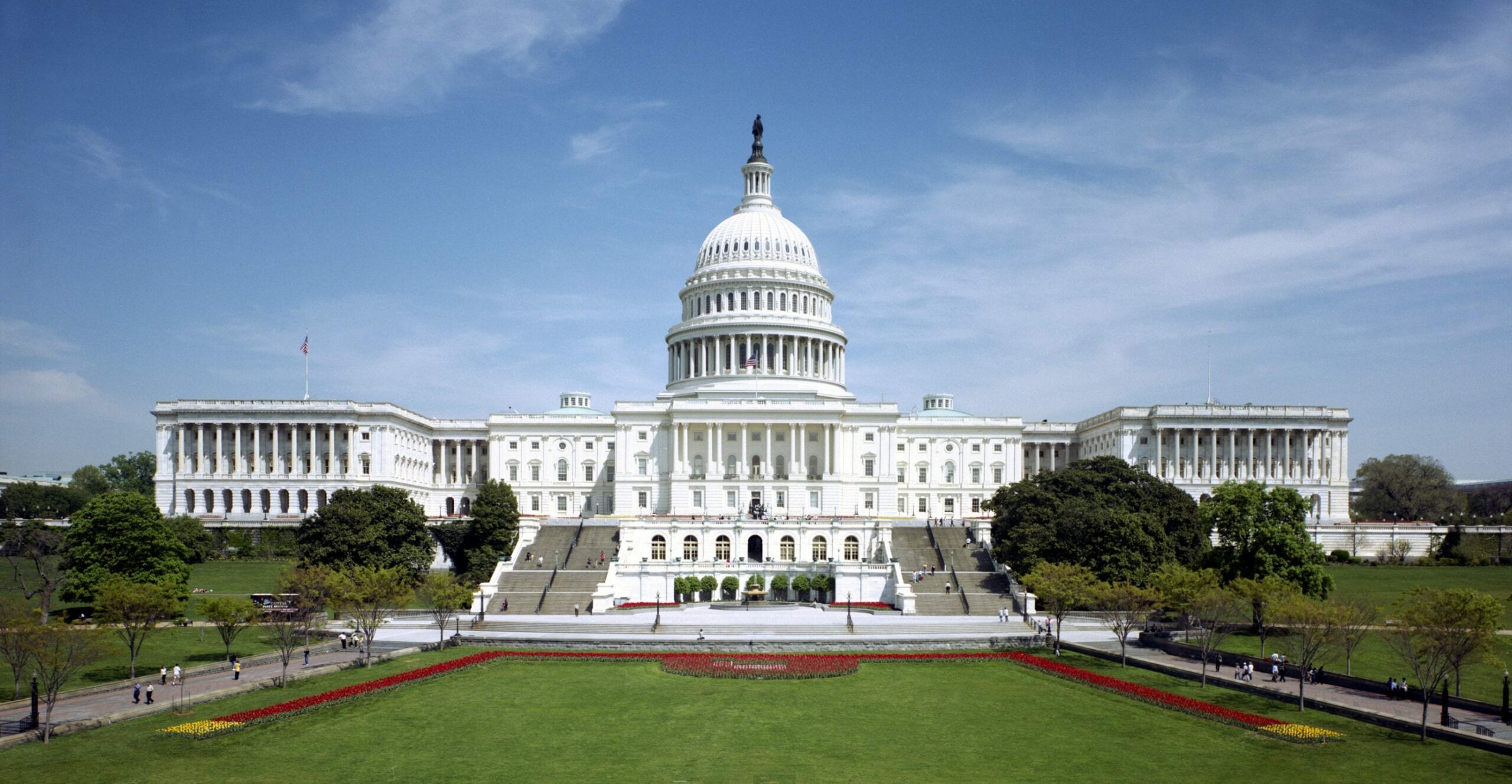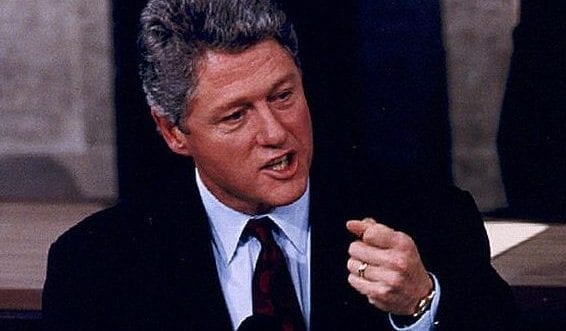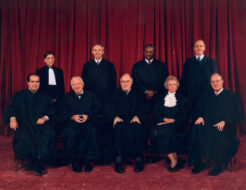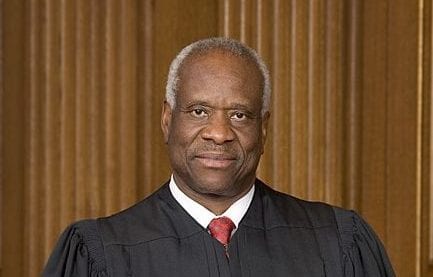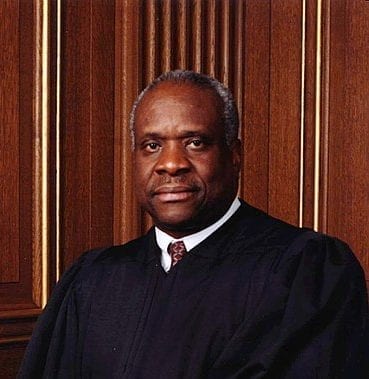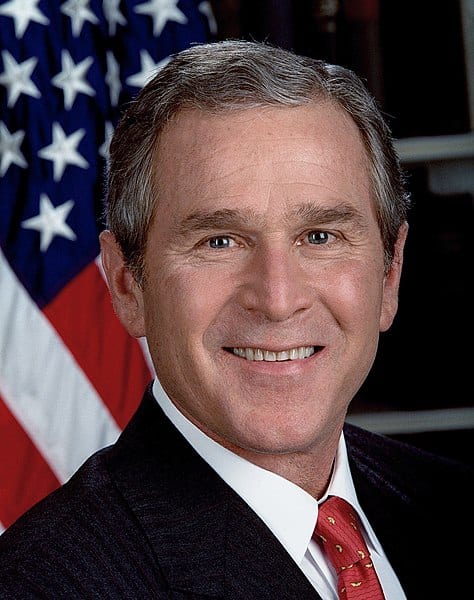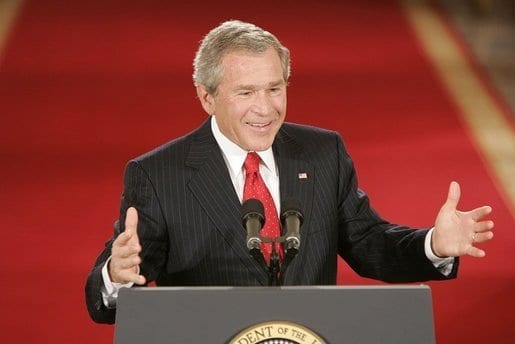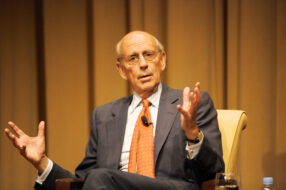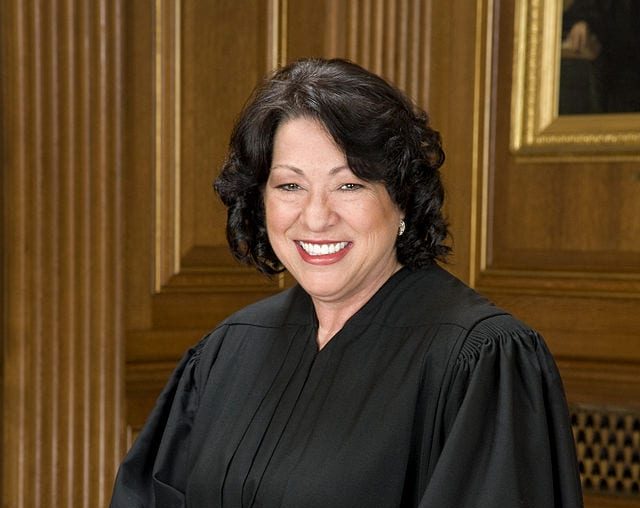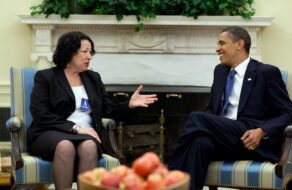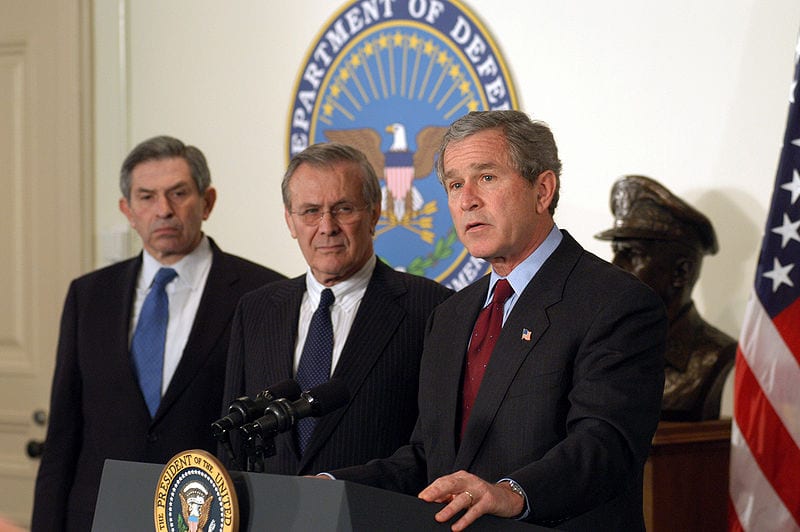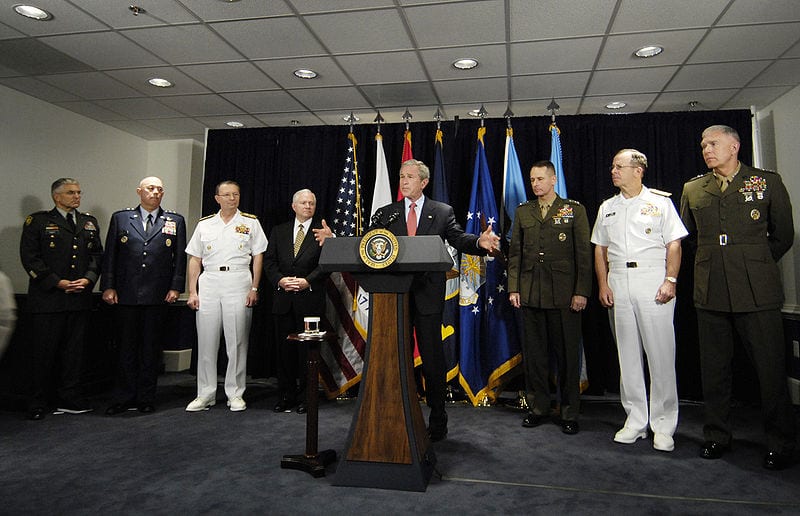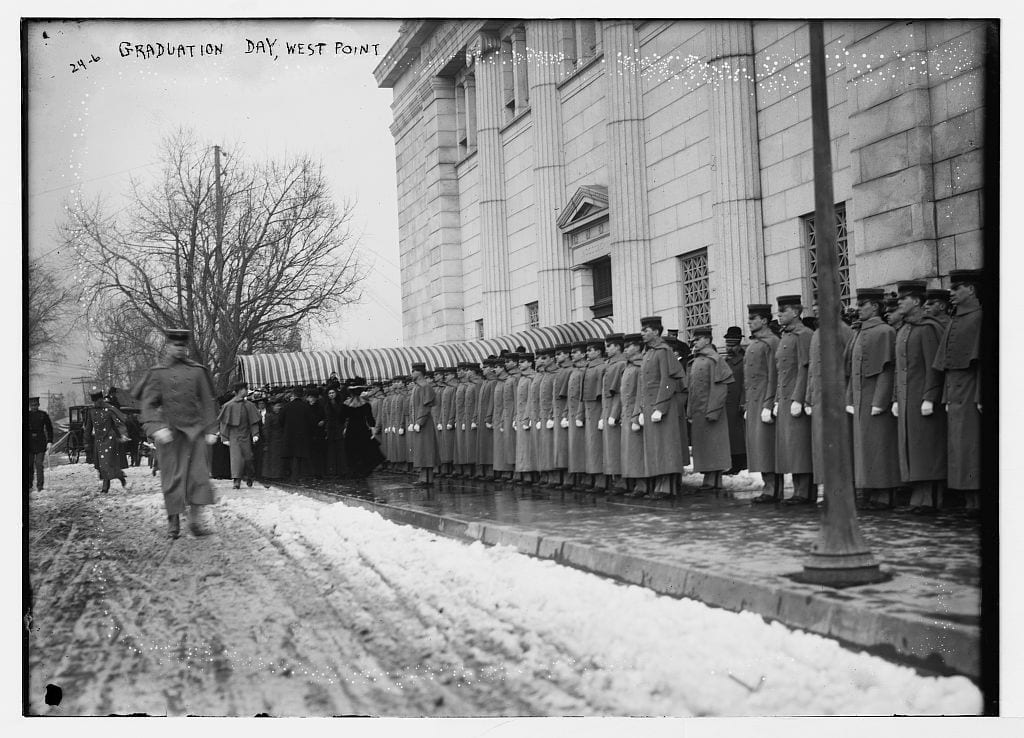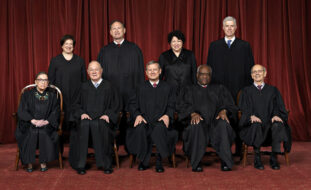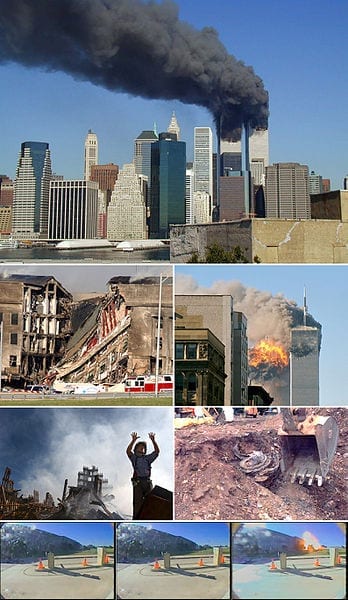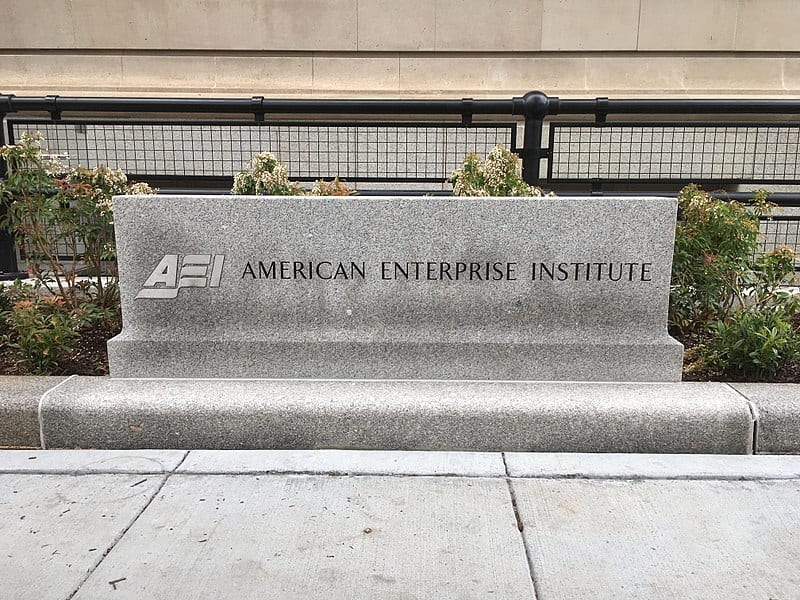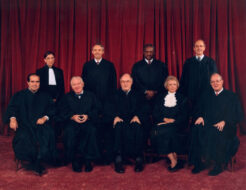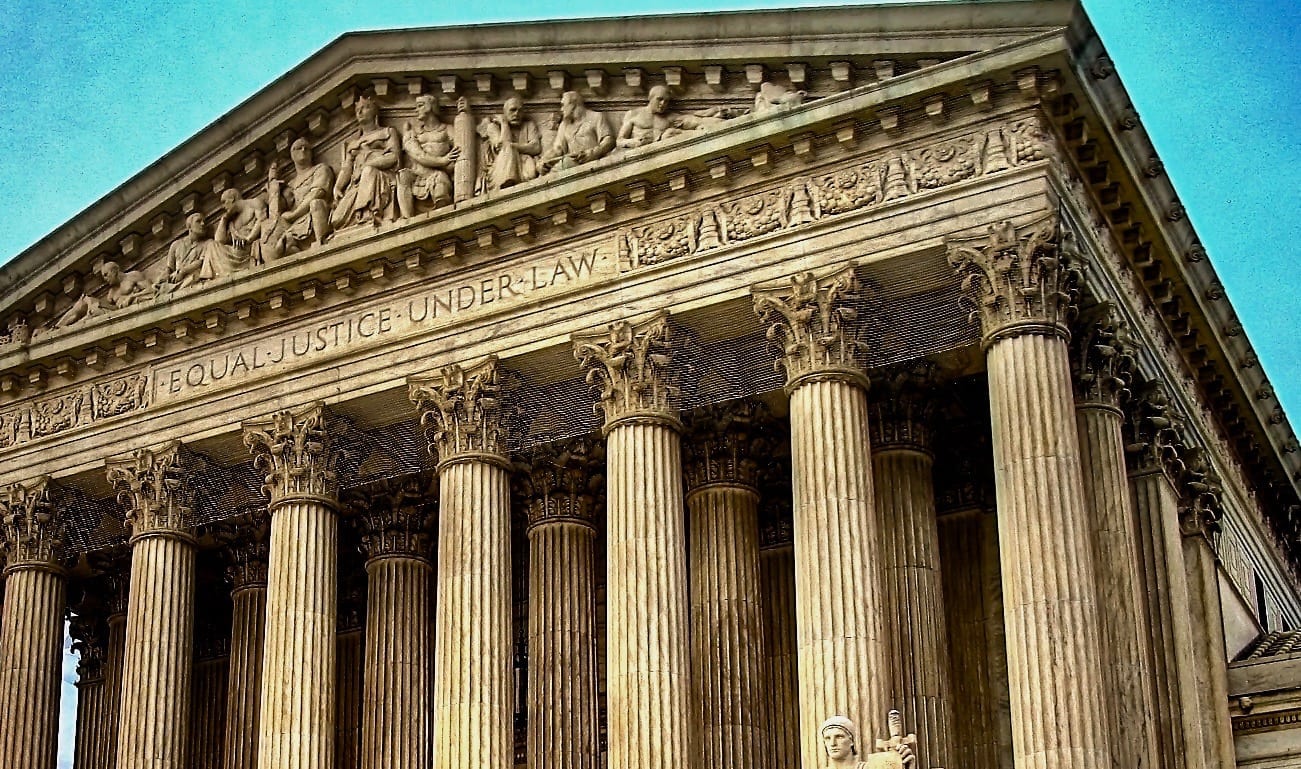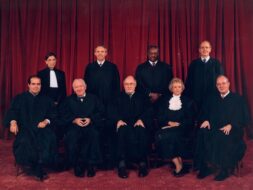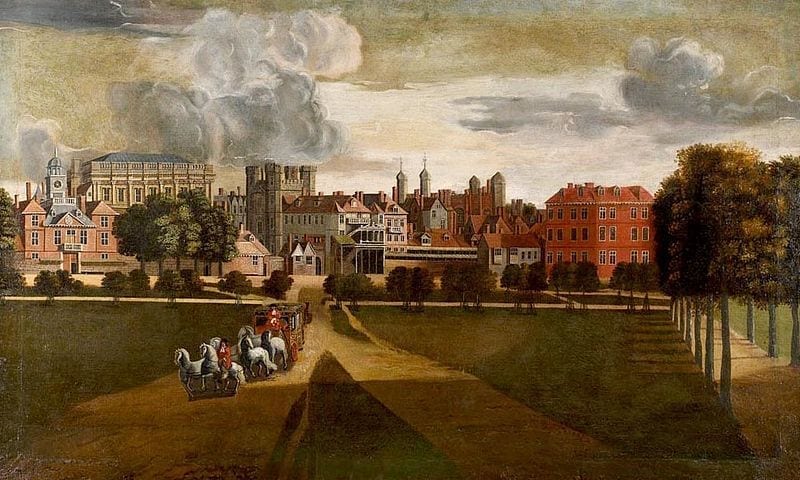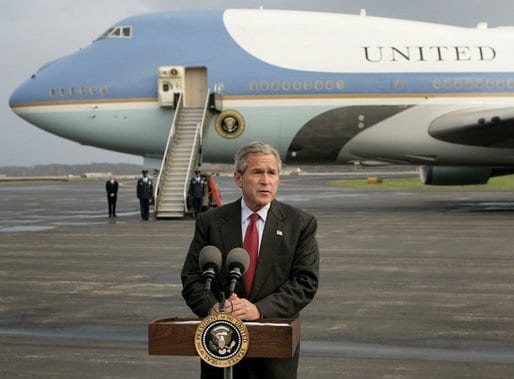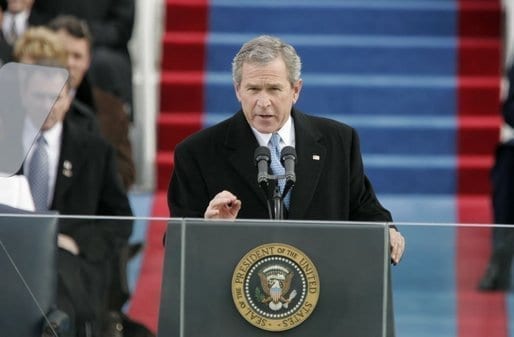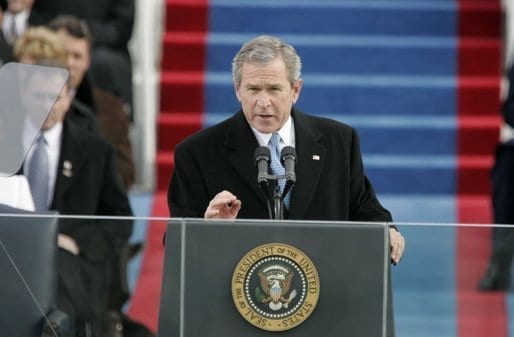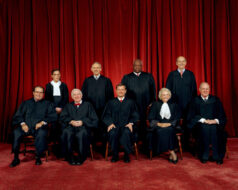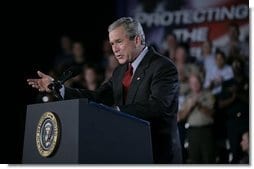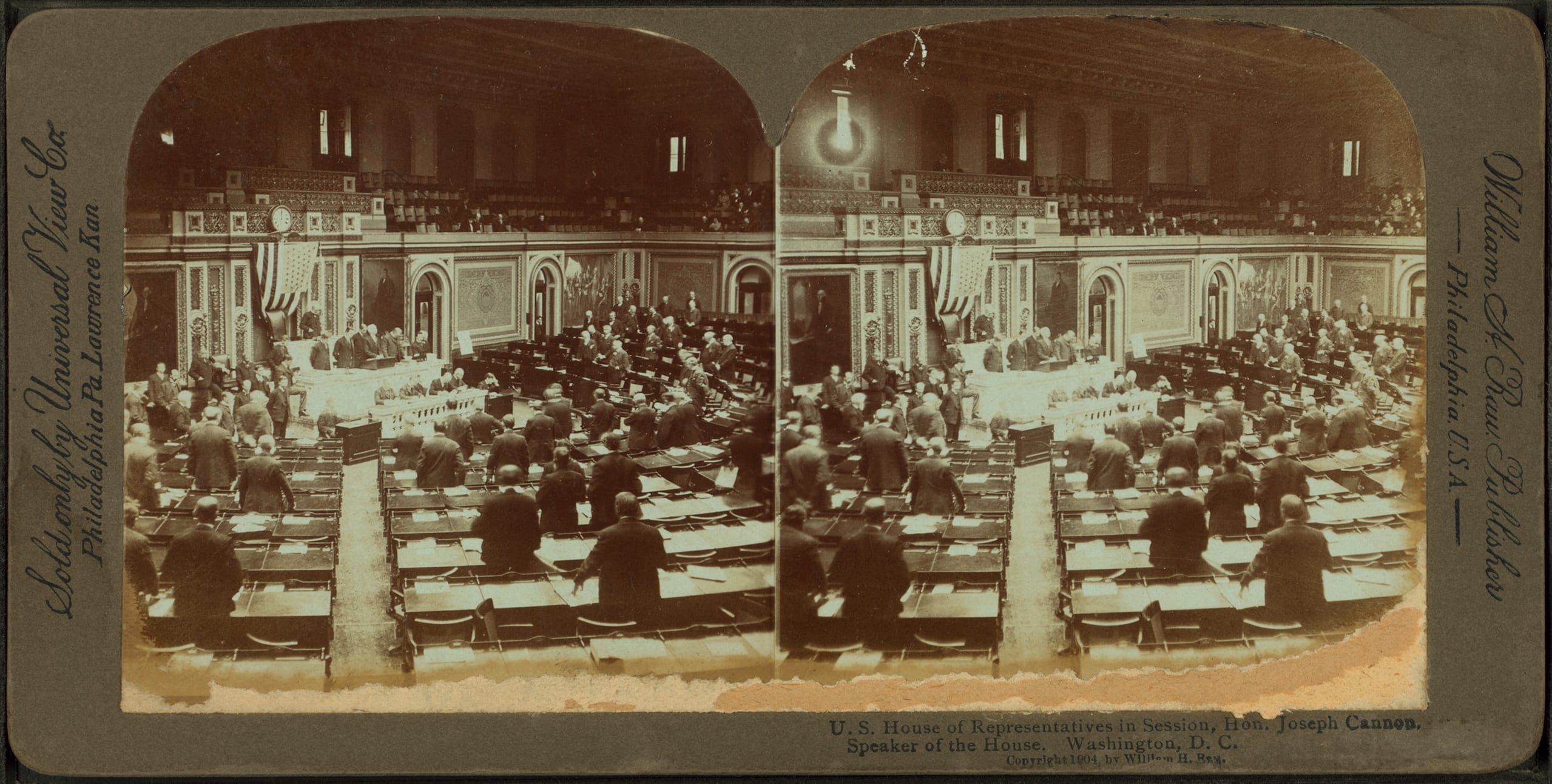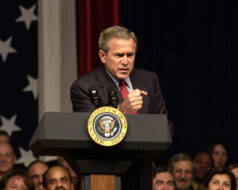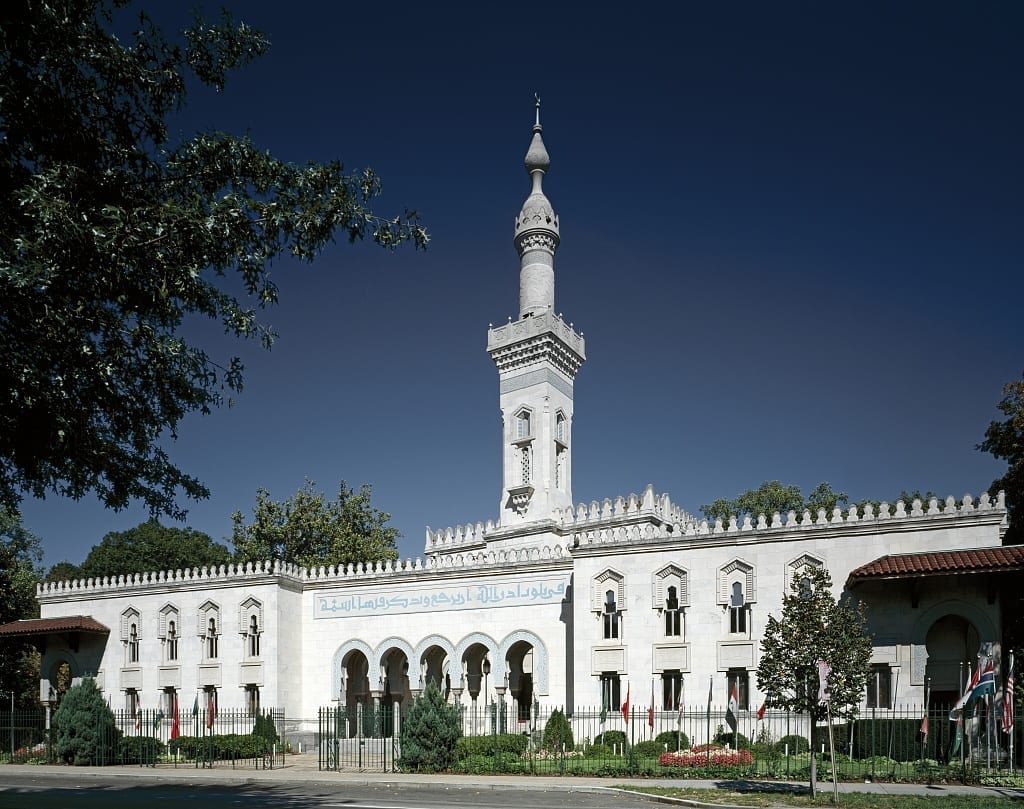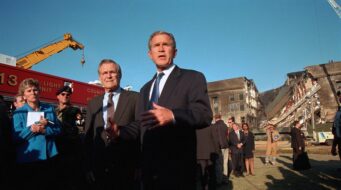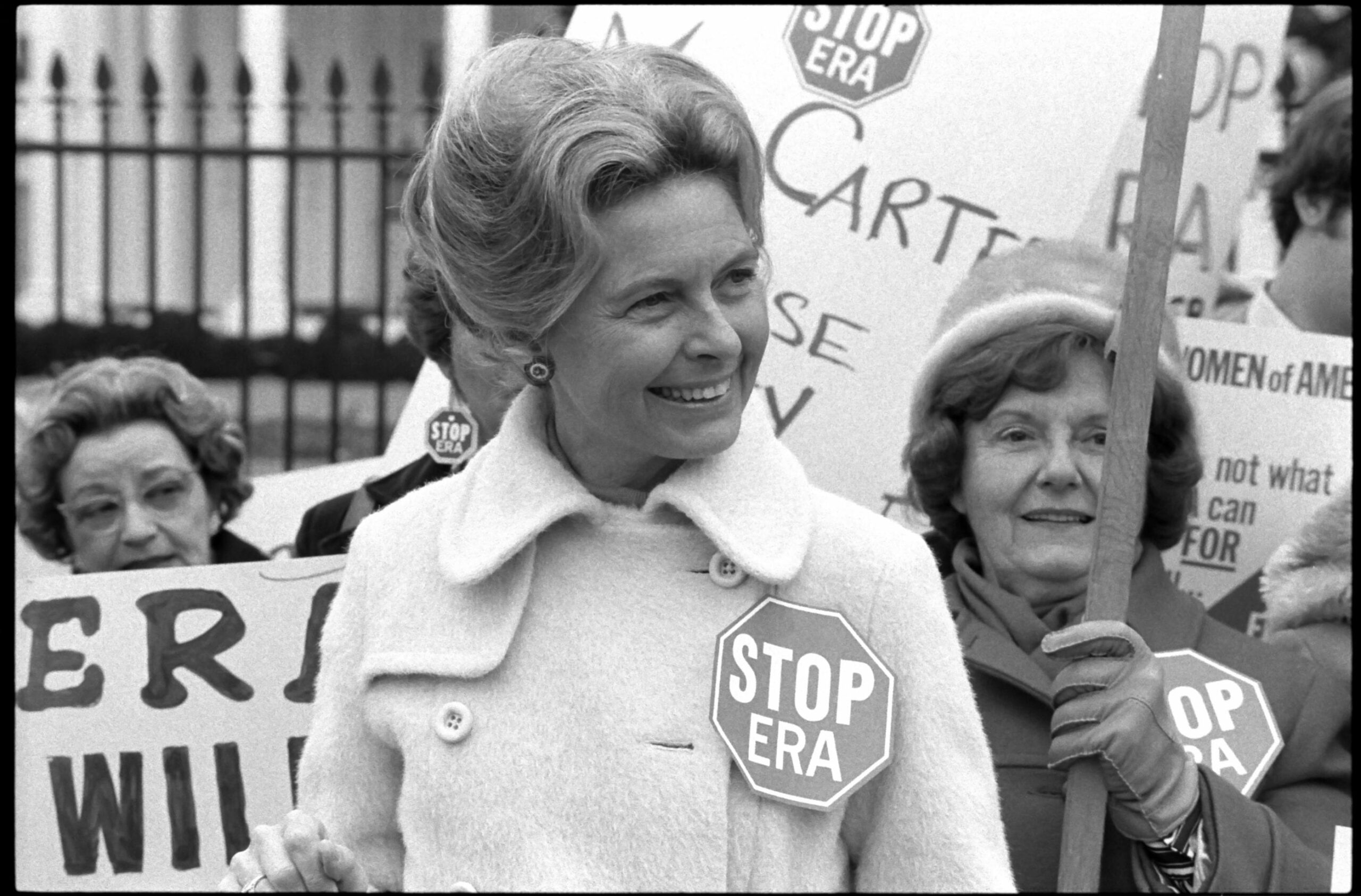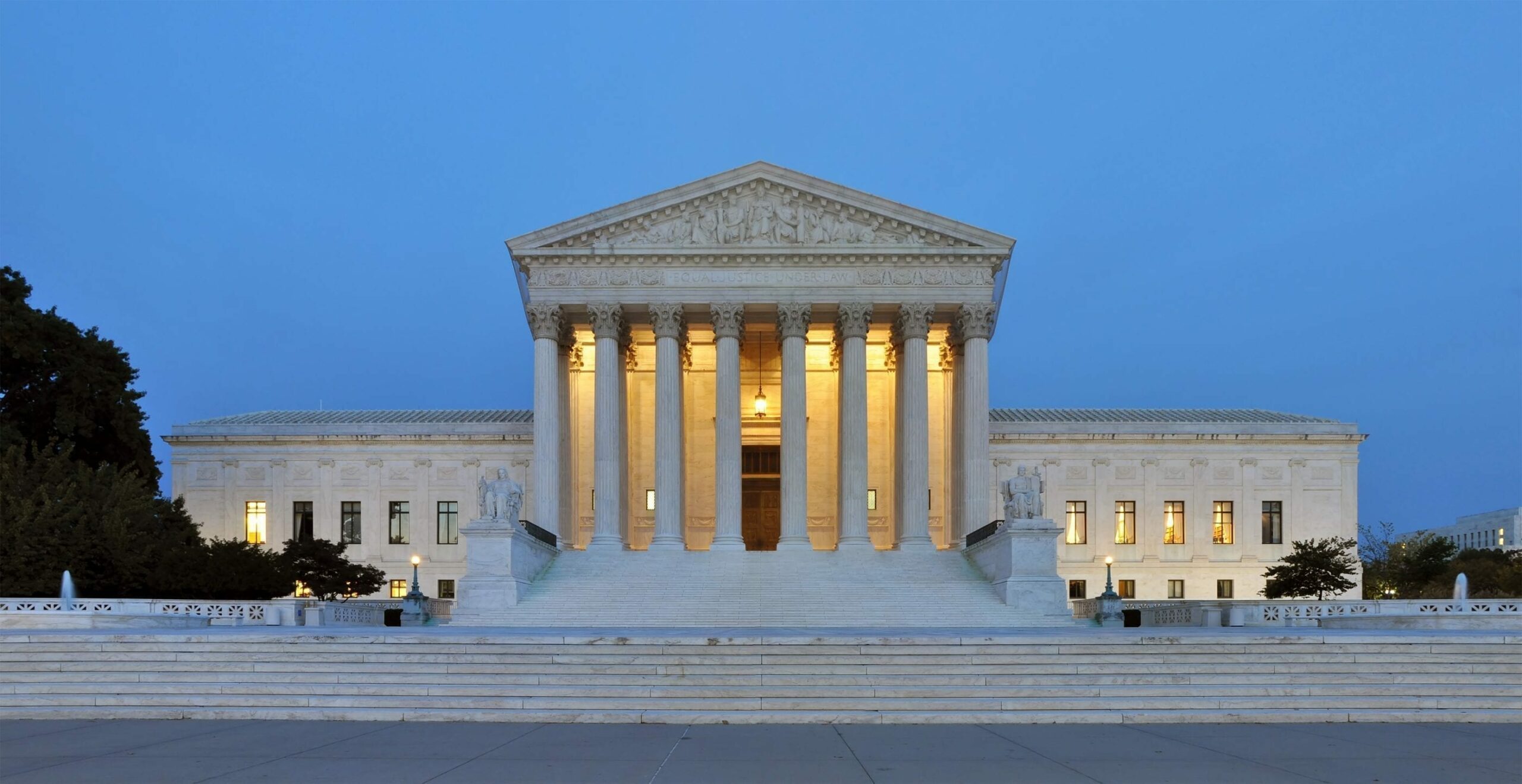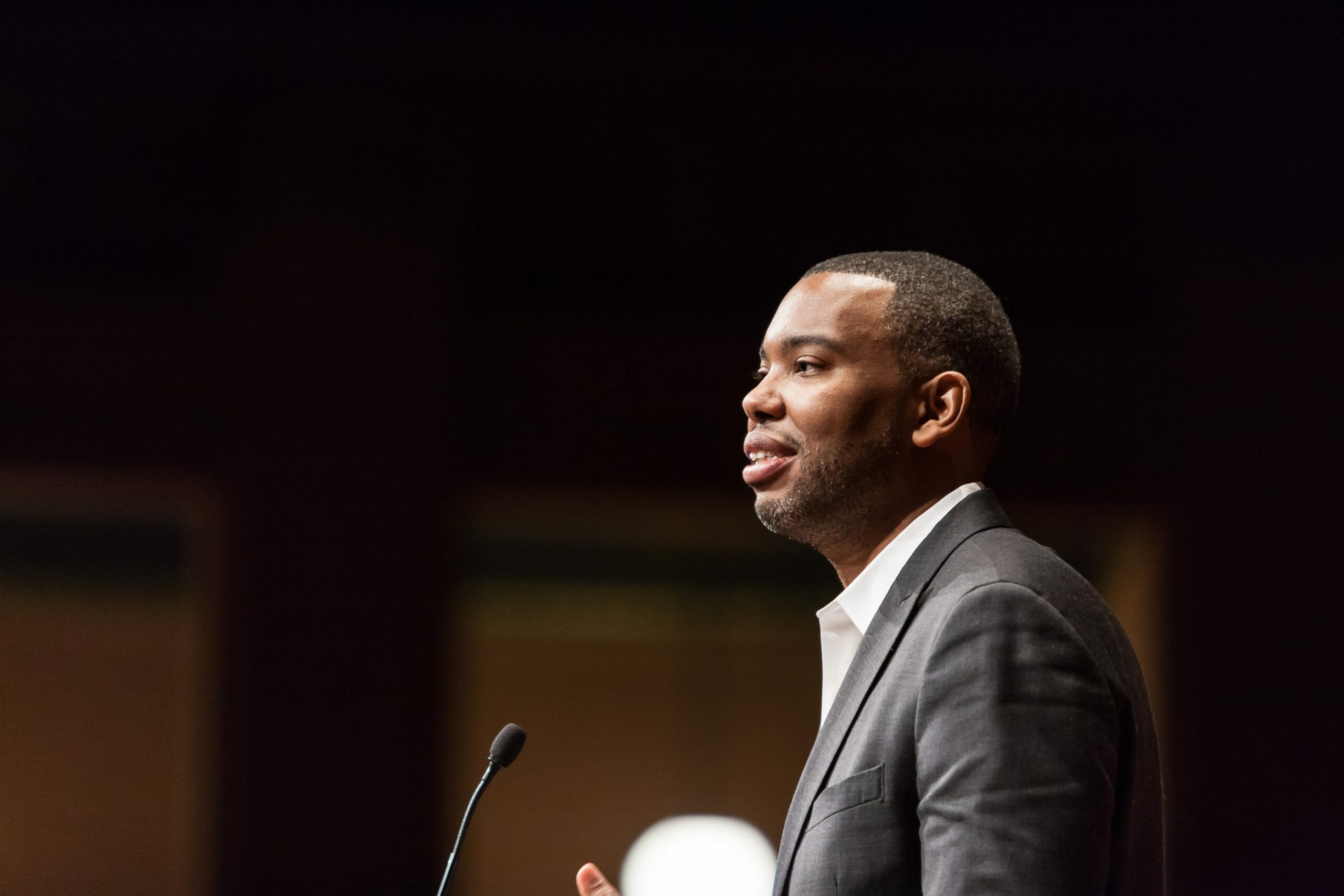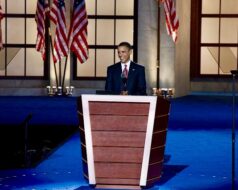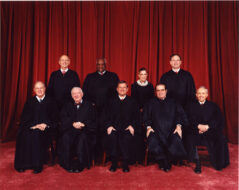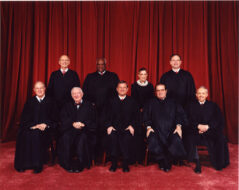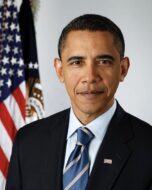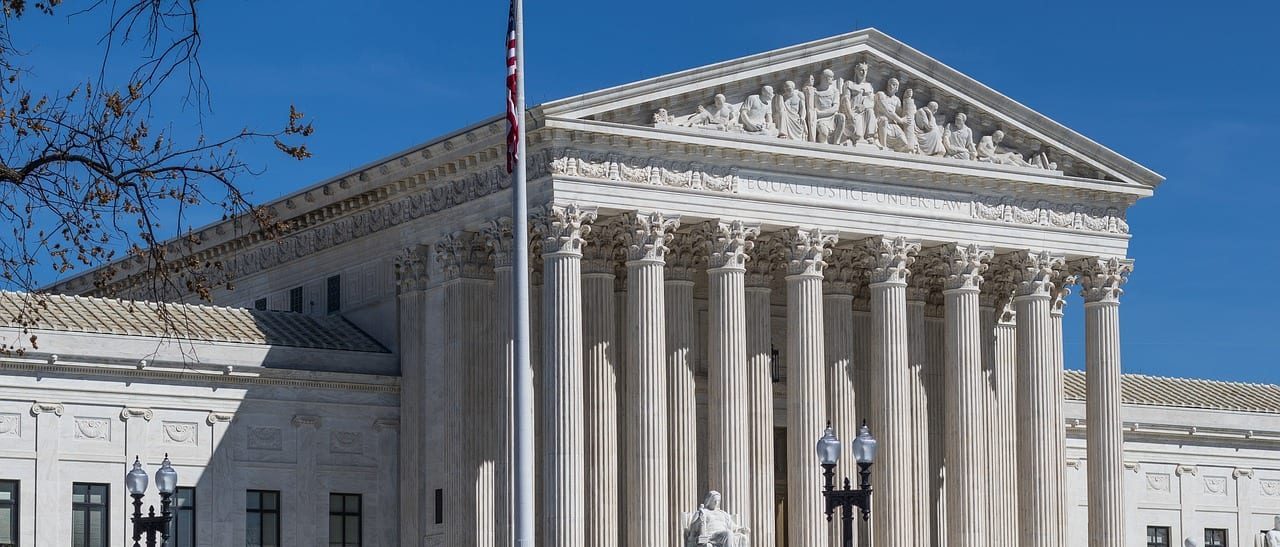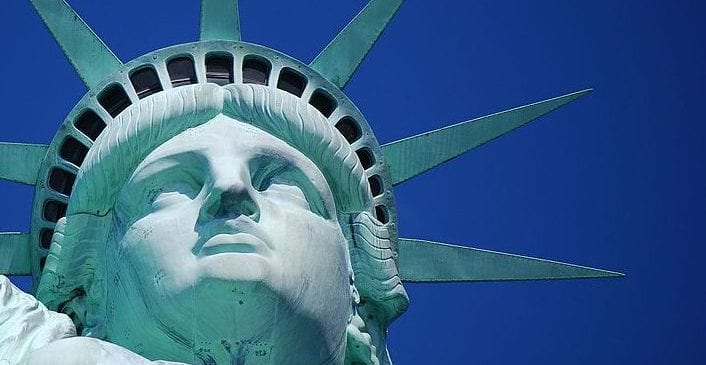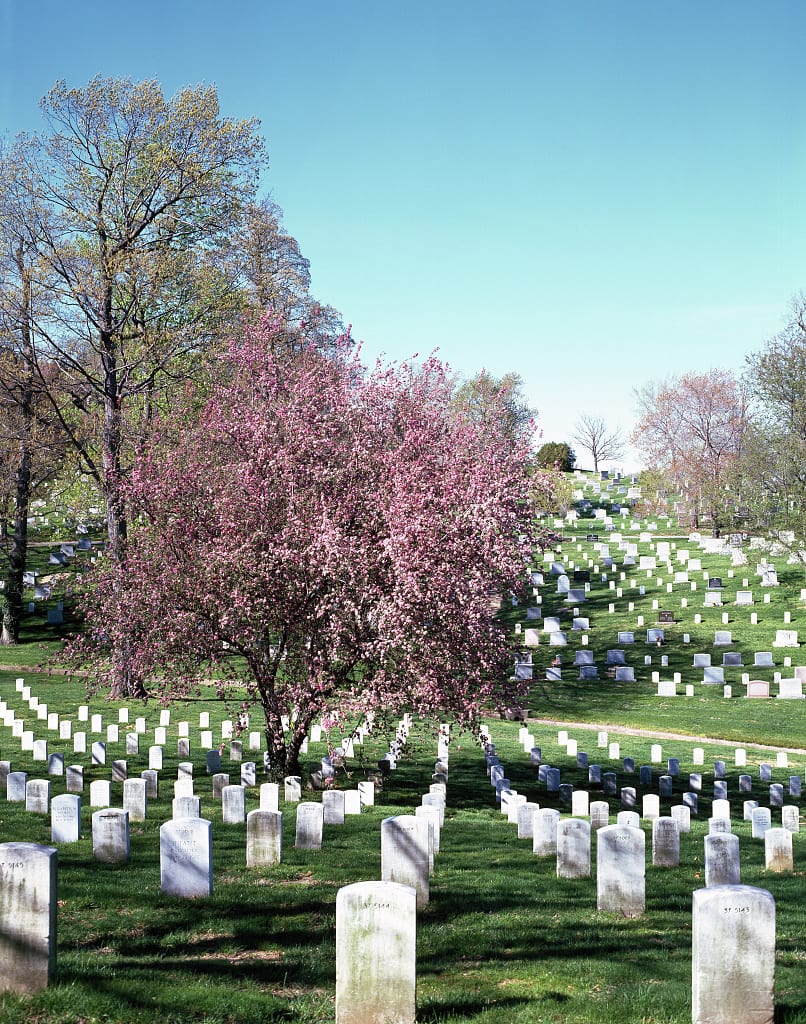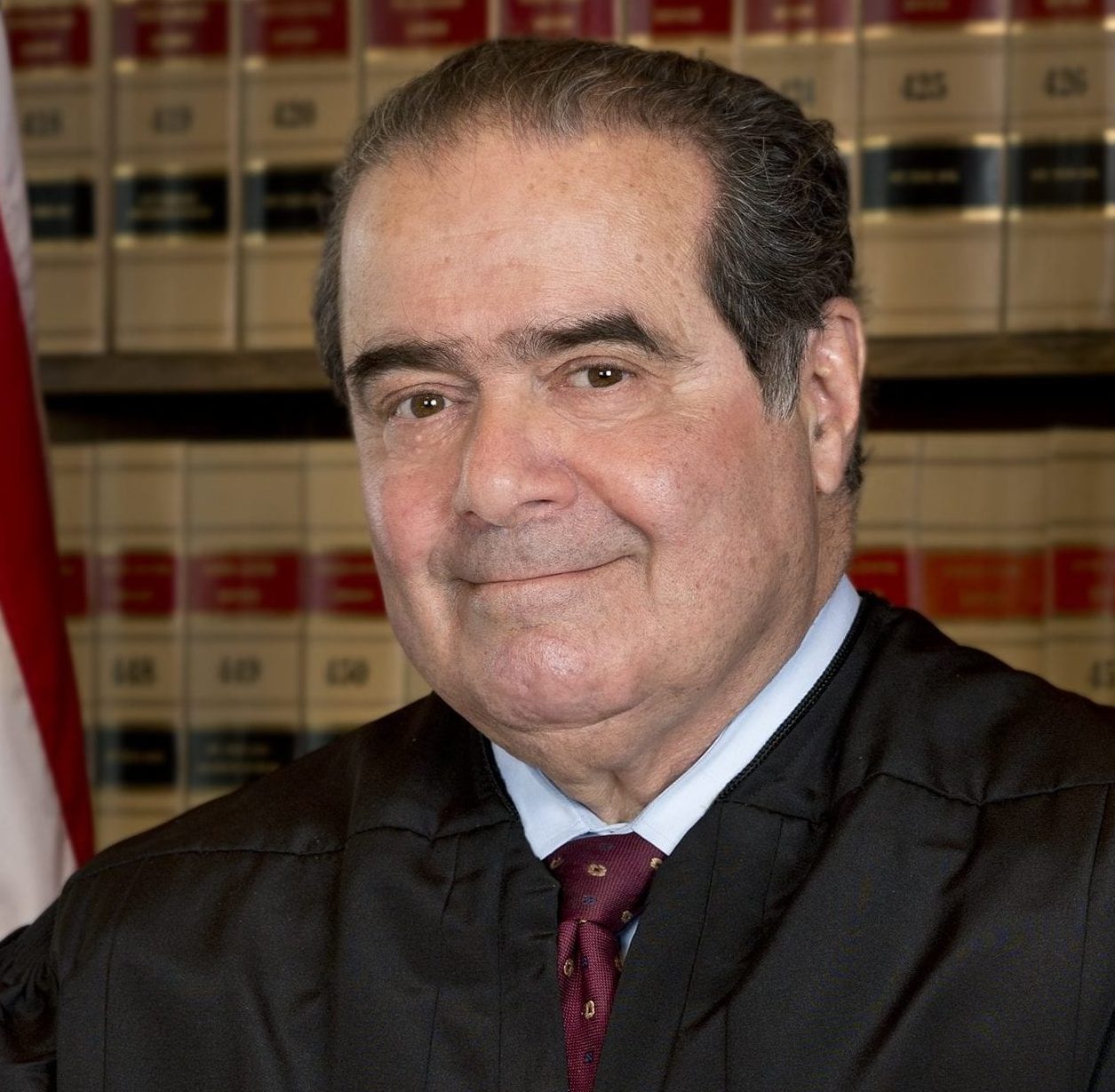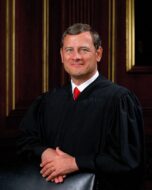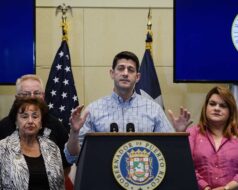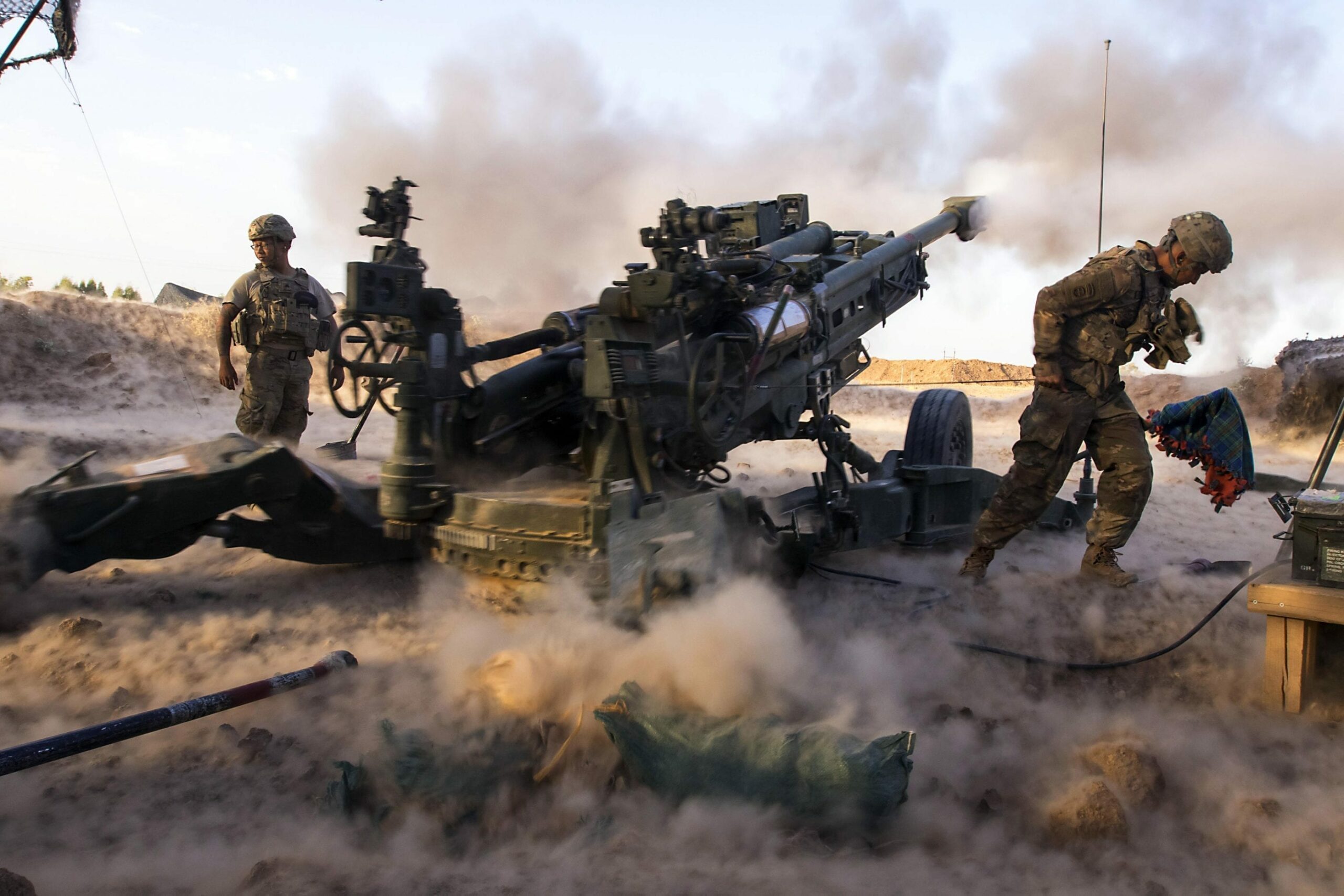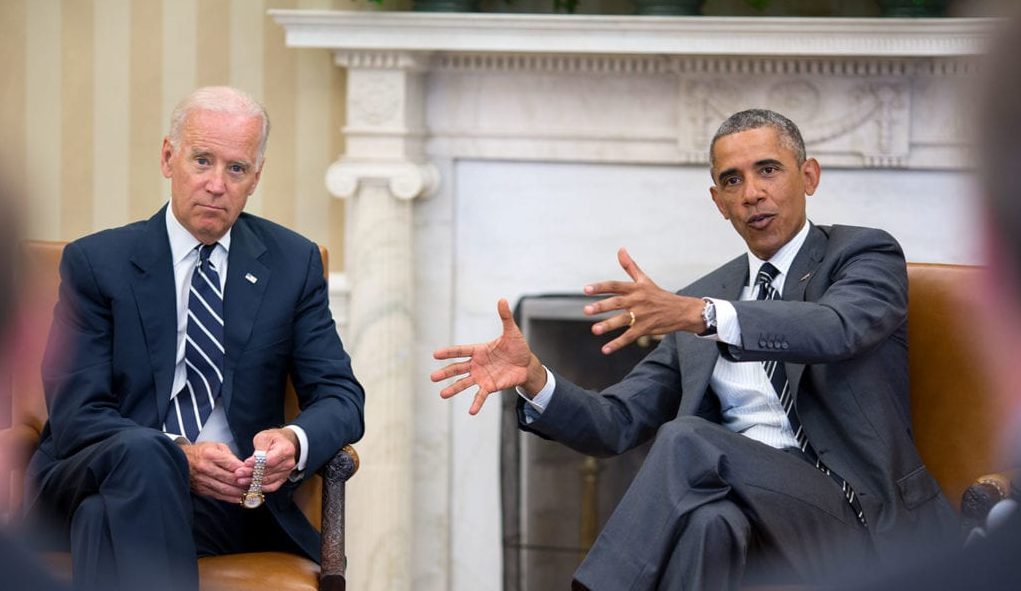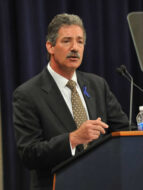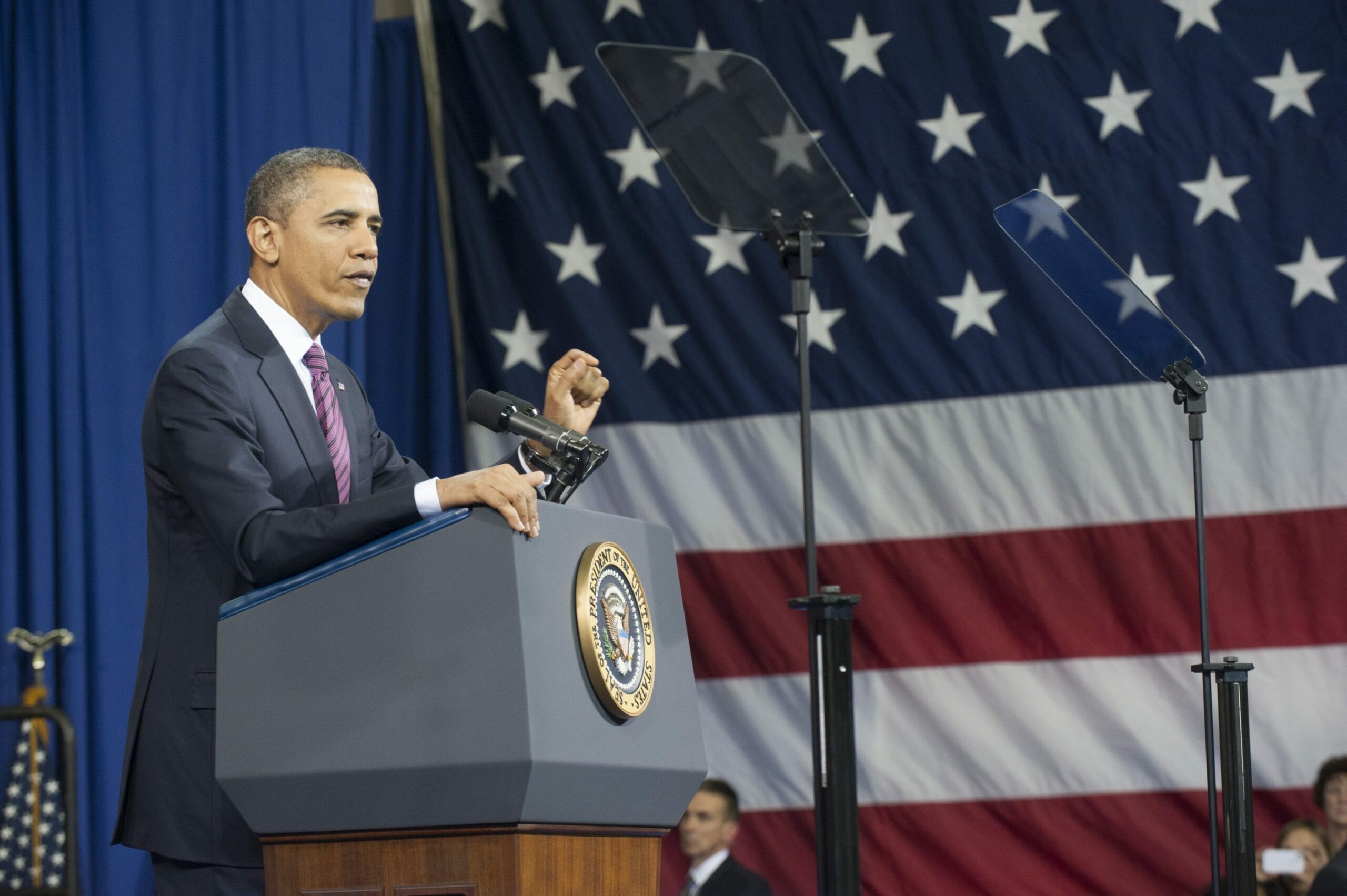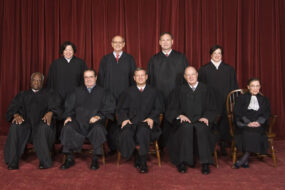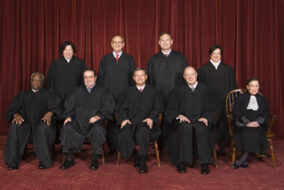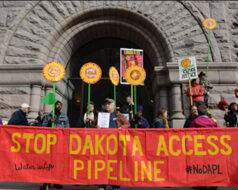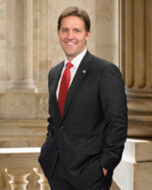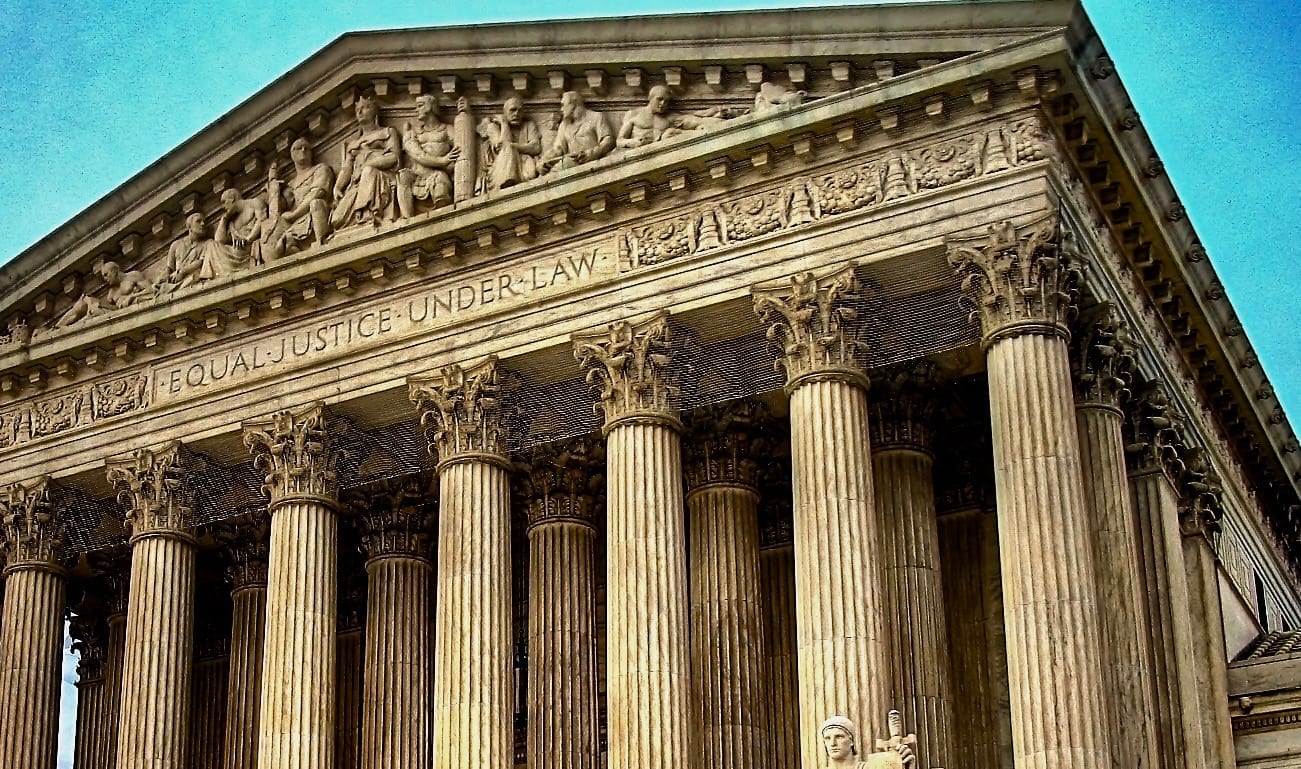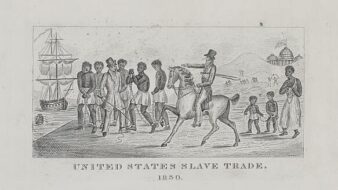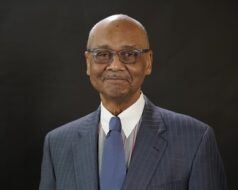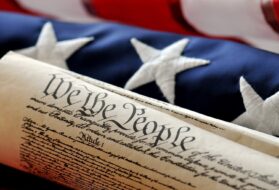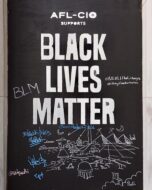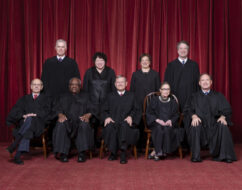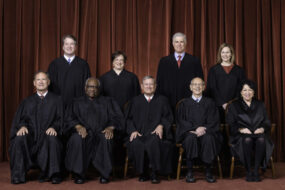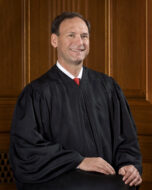
Introduction
Principal Deborah Morse arranged for her students at Juneau Douglas High School in Alaska to watch the passing of the Olympic Torch Relay that was bound for the Winter Games in Salt Lake City. Although the event took place off school property on a nearby street, it was officially sponsored and supervised by the school. On January 24, 2002, when the torchbearer and camera crew went by, Joseph Frederick, a senior, along with some of his friends, unfolded a fourteen-foot banner that read: “BONG HiTS 4 JESUS.” Principal Morse ran across the street and directed them to take the banner down. Frederick alone refused. He was suspended for ten days for violating the school drug policy. In response to this action, Frederick sued for damages in a federal court, claiming that Morse had infringed upon his right to free speech. He lost, but upon appeal, the Ninth Circuit Court reversed and ruled in his favor.
Morse v. Frederick provides the most recent, controlling precedent on free speech in the educational setting. Chief Justice John Roberts (1955–), writing for a 5–4 majority (Justice Stephen Breyer [1938–] concurred and dissented in part), reversed the Ninth Circuit Court’s ruling, thereby affirming the school’s authority to restrict a pro-drug message. While Roberts claimed that his reasoning in Morse v. Frederick was consistent with the precedents of Tinker v. Des Moines Independent Community School District, Bethel v. Fraser (1986), and Hazelwood v. Kuhlmeier (1988), Justice Clarence Thomas (1948–) disagreed. In his concurring opinion, Thomas argued that Tinker should be overturned. Taken together, Bethel, Hazelwood, and Morse have narrowed Tinker, thereby providing greater discretion for local school boards to restrict speech in the secondary-school educational setting.
Source: 551 U.S. 393, https://www.law.cornell.edu/supct/html/06-278.ZS.html.
Chief Justice Roberts delivered the opinion of the Court. . . .
Our cases make clear that students do not “shed their constitutional rights to freedom of speech or expression at the schoolhouse gate” (Tinker v. Des Moines Independent Community School District, 1969).[1] At the same time, we have held that “the constitutional rights of students in public school are not automatically coextensive with the rights of adults in other settings” (Bethel School District v. Fraser, 1986),[2] and that the rights of students “must be ‘applied in light of the special characteristics of the school environment’ ”(Hazelwood School District v. Kuhlmeier, 1988). Consistent with these principles, we hold that schools may take steps to safeguard those entrusted to their care from speech that can reasonably be regarded as encouraging illegal drug use. We conclude that the school officials in this case did not violate the First Amendment by confiscating the pro-drug banner and suspending the student responsible for it. . . .
We granted certiorari[3] on two questions: whether Frederick had a First Amendment right to wield his banner, and, if so, whether that right was so clearly established that the principal may be held liable for damages. We resolve the first question against Frederick, and therefore have no occasion to reach the second.
At the outset, we reject Frederick’s argument that this is not a school speech case—as has every other authority to address the question. The event occurred during normal school hours. It was sanctioned by Principal Morse “as an approved social event or class trip,” and the school district’s rules expressly provide that pupils in “approved social events and class trips are subject to district rules for student conduct.” Teachers and administrators were interspersed among the students and charged with supervising them. The high school band and cheerleaders performed. Frederick, standing among other Juneau Douglas High School (JDHS) students across the street from the school, directed his banner toward the school, making it plainly visible to most students. Under these circumstances, we agree with the superintendent that Frederick cannot “stand in the midst of his fellow students, during school hours, at a school-sanctioned activity and claim he is not at school.” There is some uncertainty at the outer boundaries as to when courts should apply school-speech precedents, but not on these facts.
The message on Frederick’s banner is cryptic. It is no doubt offensive to some, perhaps amusing to others. To still others, it probably means nothing at all. Frederick himself claimed “that the words were just nonsense meant to attract television cameras.” But Principal Morse thought the banner would be interpreted by those viewing it as promoting illegal drug use, and that interpretation is plainly a reasonable one.
As Morse later explained in a declaration, when she saw the sign, she thought that “the reference to a ‘bong hit’ would be widely understood by high school students and others as referring to smoking marijuana.” She further believed that “display of the banner would be construed by students, district personnel, parents, and others witnessing the display of the banner, as advocating or promoting illegal drug use”—in violation of school policy. . . . (“I told Frederick and the other members of his group to put the banner down because I felt that it violated the [school] policy against displaying . . . material that advertises or promotes use of illegal drugs”).
We agree with Morse. . . .
The question thus becomes whether a principal may, consistent with the First Amendment, restrict student speech at a school event, when that speech is reasonably viewed as promoting illegal drug use. We hold that she may.
In Tinker, this Court made clear that “First Amendment rights, applied in light of the special characteristics of the school environment, are available to teachers and students.” Tinker involved a group of high school students who decided to wear black armbands to protest the Vietnam War. School officials learned of the plan and then adopted a policy prohibiting students from wearing armbands. When several students nonetheless wore armbands to school, they were suspended. The students sued, claiming that their First Amendment rights had been violated, and this Court agreed.
Tinker held that student expression may not be suppressed unless school officials reasonably conclude that it will “materially and substantially disrupt the work and discipline of the school.” The essential facts of Tinker are quite stark, implicating concerns at the heart of the First Amendment. The students sought to engage in political speech, using the armbands to express their “disapproval of the Vietnam hostilities and their advocacy of a truce, to make their views known, and, by their example, to influence others to adopt them.” Political speech, of course, is “at the core of what the First Amendment is designed to protect” (Virginia v. Black, 2003).[4] The only interest the Court discerned underlying the school’s actions was the “mere desire to avoid the discomfort and unpleasantness that always accompany an unpopular viewpoint,” or “an urgent wish to avoid the controversy which might result from the expression” (Tinker). That interest was not enough to justify banning “a silent, passive expression of opinion, unaccompanied by any disorder or disturbance.”
This Court’s next student speech case was Fraser. Matthew Fraser was suspended for delivering a speech before a high school assembly in which he employed what this Court called “an elaborate, graphic, and explicit sexual metaphor.” Analyzing the case under Tinker, the district court and Court of Appeals found no disruption, and therefore no basis for disciplining Fraser. This Court reversed, holding that the “School District acted entirely within its permissible authority in imposing sanctions upon Fraser in response to his offensively lewd and indecent speech.” . . .
. . . For present purposes, it is enough to distill from Fraser two basic principles. First, Fraser’s holding demonstrates that “the constitutional rights of students in public school are not automatically coextensive with the rights of adults in other settings.” Had Fraser delivered the same speech in a public forum outside the school context, it would have been protected. See Cohen v. California (1971).[5] In school, however, Fraser’s First Amendment rights were circumscribed “in light of the special characteristics of the school environment.” Second, Fraser established that the mode of analysis set forth in Tinker is not absolute. Whatever approach Fraser employed, it certainly did not conduct the “substantial disruption” analysis prescribed by Tinker.
Our most recent student speech case, Kuhlmeier, concerned “expressive activities that students, parents, and members of the public might reasonably perceive to bear the imprimatur of the school.” Staff members of a high school newspaper sued their school when it chose not to publish two of their articles. The Court of Appeals analyzed the case under Tinker, ruling in favor of the students because it found no evidence of material disruption to classwork or school discipline. This Court reversed, holding that “educators do not offend the First Amendment by exercising editorial control over the style and content of student speech in school-sponsored expressive activities so long as their actions are reasonably related to legitimate pedagogical concerns.”
Kuhlmeier does not control this case because no one would reasonably believe that Frederick’s banner bore the school’s imprimatur. The case is nevertheless instructive because it confirms both principles cited above. Kuhlmeier acknowledged that schools may regulate some speech “even though the government could not censor similar speech outside the school.” And, like Fraser, it confirms that the rule of Tinker is not the only basis for restricting student speech.
Drawing on the principles applied in our student speech cases, we have held in the Fourth Amendment context that “while children assuredly do not ‘shed their constitutional rights . . . at the schoolhouse gate,’ . . . the nature of those rights is what is appropriate for children in school” (Vernonia School District 47J v. Acton, 1995). In particular, “the school setting requires some easing of the restrictions to which searches by public authorities are ordinarily subject” (New Jersey v. T.L.O., 1985) (“Fourth Amendment rights, no less than First and Fourteenth Amendment rights, are different in public schools than elsewhere.”); Board of Education of Independent School District No. 92 of Pottawatomie City v. Earls, 2002) (“ ‘special needs’ inhere in the public school context”; “[w]hile schoolchildren do not shed their constitutional rights when they enter the schoolhouse, Fourth Amendment rights . . . are different in public schools than elsewhere; the ‘reasonableness’ inquiry cannot disregard the schools’ custodial and tutelary responsibility for children” (quoting Vernonia).
Even more to the point, these cases also recognize that deterring drug use by schoolchildren is an “important—indeed, perhaps compelling” interest.[6] Drug abuse can cause severe and permanent damage to the health and well-being of young people:
School years are the time when the physical, psychological, and addictive effects of drugs are most severe. Maturing nervous systems are more critically impaired by intoxicants than mature ones are; childhood losses in learning are lifelong and profound; children grow chemically dependent more quickly than adults, and their record of recovery is depressingly poor. And of course the effects of a drug-infested school are visited not just upon the users, but upon the entire student body and faculty, as the educational process is disrupted.[7] Just five years ago, we wrote: “The drug abuse problem among our nation’s youth has hardly abated since Vernonia was decided in 1995. In fact, evidence suggests that it has only grown worse” (Earls).
The problem remains serious today. About half of American twelfth-graders have used an illicit drug, as have more than a third of tenth-graders and about one-fifth of eighth-graders. Nearly one in four twelfth-graders has used an illicit drug in the past month. Some 25 percent of high-schoolers say that they have been offered, sold, or given an illegal drug on school property within the past year.
Congress has declared that part of a school’s job is educating students about the dangers of illegal drug use. It has provided billions of dollars to support state and local drug-prevention programs, and required that schools receiving federal funds under the Safe and Drug-Free Schools and Communities Act of 1994 certify that their drug prevention programs “convey a clear and consistent message that . . . the illegal use of drugs [is] wrong and harmful.”
Thousands of school boards throughout the country—including JDHS—have adopted policies aimed at effectuating this message. Those school boards know that peer pressure is perhaps “the single most important factor leading schoolchildren to take drugs,” and that students are more likely to use drugs when the norms in school appear to tolerate such behavior. Student speech celebrating illegal drug use at a school event, in the presence of school administrators and teachers, thus poses a particular challenge for school officials working to protect those entrusted to their care from the dangers of drug abuse.
The “special characteristics of the school environment” (Tinker), and the governmental interest in stopping student drug abuse—reflected in the policies of Congress and myriad school boards, including JDHS—allow schools to restrict student expression that they reasonably regard as promoting illegal drug use. Tinker warned that schools may not prohibit student speech because of “undifferentiated fear or apprehension of disturbance” or “a mere desire to avoid the discomfort and unpleasantness that always accompany an unpopular viewpoint.” The danger here is far more serious and palpable. The particular concern to prevent student drug abuse at issue here, embodied in established school policy, extends well beyond an abstract desire to avoid controversy.
Petitioners[8] urge us to adopt the broader rule that Frederick’s speech is proscribable because it is plainly “offensive” as that term is used in Fraser. We think this stretches Fraser too far; that case should not be read to encompass any speech that could fit under some definition of “offensive.” After all, much political and religious speech might be perceived as offensive to some. The concern here is not that Frederick’s speech was offensive, but that it was reasonably viewed as promoting illegal drug use.
Although accusing this decision of doing “serious violence to the First Amendment” by authorizing “viewpoint discrimination,” the dissent concludes that “it might well be appropriate to tolerate some targeted viewpoint discrimination in this unique setting.” Nor do we understand the dissent to take the position that schools are required to tolerate student advocacy of illegal drug use at school events, even if that advocacy falls short of inviting “imminent” lawless action (“it is possible that our rigid imminence requirement ought to be relaxed at schools”). And even the dissent recognizes that the issues here are close enough that the principal should not be held liable in damages, but should instead enjoy qualified immunity for her actions. Stripped of rhetorical flourishes, then, the debate between the dissent and this opinion is less about constitutional first principles than about whether Frederick’s banner constitutes promotion of illegal drug use. We have explained our view that it does. The dissent’s contrary view on that relatively narrow question hardly justifies sounding the First Amendment bugle.
School principals have a difficult job, and a vitally important one. When Frederick suddenly and unexpectedly unfurled his banner, Morse had to decide to act—or not act—on the spot. It was reasonable for her to conclude that the banner promoted illegal drug use—in violation of established school policy—and that failing to act would send a powerful message to the students in her charge, including Frederick, about how serious the school was about the dangers of illegal drug use. The First Amendment does not require schools to tolerate at school events student expression that contributes to those dangers.
The judgment of the United States Court of Appeals for the Ninth Circuit is reversed, and the case is remanded for further proceedings consistent with this opinion.
It is so ordered.
JUSTICE THOMAS, concurring.
The Court today decides that a public school may prohibit speech advocating illegal drug use. I agree and therefore join its opinion in full. I write separately to state my view that the standard set forth in Tinker v. Des Moines Independent Community School District (1969) is without basis in the Constitution.
The First Amendment states that “Congress shall make no law . . . abridging the freedom of speech.” As this Court has previously observed, the First Amendment was not originally understood to permit all sorts of speech; instead, “[t]here are certain well-defined and narrowly limited classes of speech, the prevention and punishment of which have never been thought to raise any Constitutional problem” (Chaplinsky v. New Hampshire, 1942; see also Cox v. Louisiana, 1965). In my view, the history of public education suggests that the First Amendment, as originally understood, does not protect student speech in public schools. Although colonial schools were exclusively private, public education proliferated in the early 1800s. By the time the states ratified the Fourteenth Amendment, public schools had become relatively common. If students in public schools were originally understood as having free-speech rights, one would have expected nineteenth-century public schools to have respected those rights and courts to have enforced them. They did not. . . .
Tinker effected a sea change in students’ speech rights, extending them well beyond traditional bounds. . . .
Accordingly, unless a student’s speech would disrupt the educational process, students had a fundamental right to speak their minds (or wear their armbands)—even on matters the school disagreed with or found objectionable. (“[The school] must be able to show that its action was caused by something more than a mere desire to avoid the discomfort and unpleasantness that always accompany an unpopular viewpoint”).[9]
Justice Black dissented, criticizing the Court for “subject[ing] all the public schools in the country to the whims and caprices of their loudest-mouthed, but maybe not their brightest, students.” He emphasized the instructive purpose of schools: “[T]axpayers send children to school on the premise that at their age they need to learn, not teach.” In his view, the Court’s decision “surrender[ed] control of the American public school system to public school students.”
Of course, Tinker’s reasoning conflicted with the traditional understanding of the judiciary’s role in relation to public schooling, a role limited by in loco parentis.[10] Perhaps for that reason, the Court has since scaled back Tinker’s standard, or rather set the standard aside on an ad hoc basis. In Bethel School District v. Fraser (1986), a public school suspended a student for delivering a speech that contained “an elaborate, graphic, and explicit sexual metaphor.” The Court of Appeals found that the speech caused no disruption under the Tinker standard, and this Court did not question that holding. The Court nonetheless permitted the school to punish the student because of the objectionable content of his speech. (“A high school assembly or classroom is no place for a sexually explicit monologue directed towards an unsuspecting audience of teenage students.”) Signaling at least a partial break with Tinker, Fraser left the regulation of indecent student speech to local schools.
Similarly, in Hazelwood School District v. Kuhlmeier (1988), the Court made an exception to Tinker for school-sponsored activities. The Court characterized newspapers and similar school-sponsored activities “as part of the school curriculum” and held that “[e]ducators are entitled to exercise greater control over” these forms of student expression. Accordingly, the Court expressly refused to apply Tinker’s standard. Instead, for school-sponsored activities, the Court created a new standard that permitted school regulations of student speech that are “reasonably related to legitimate pedagogical concerns.”
Today, the Court creates another exception. In doing so, we continue to distance ourselves from Tinker, but we neither overrule it nor offer an explanation of when it operates and when it does not. I am afraid that our jurisprudence now says that students have a right to speak in schools except when they don’t—a standard continuously developed through litigation against local schools and their administrators. In my view, petitioners could prevail for a much simpler reason: As originally understood, the Constitution does not afford students a right to free speech in public schools.
JUSTICE STEVENS, with whom JUSTICE SOUTER and JUSTICE GINSBURG join, dissenting.
. . . I would hold . . . that the school’s interest in protecting its students from exposure to speech “reasonably regarded as promoting illegal drug use,” cannot justify disciplining Frederick for his attempt to make an ambiguous statement to a television audience simply because it contained an oblique reference to drugs. The First Amendment demands more, indeed, much more.
The Court holds otherwise only after laboring to establish two uncontroversial propositions: first, that the constitutional rights of students in school settings are not coextensive with the rights of adults; and second, that deterring drug use by schoolchildren is a valid and terribly important interest. As to the first, I take the Court’s point that the message on Frederick’s banner is not necessarily protected speech, even though it unquestionably would have been had the banner been unfurled elsewhere. As to the second, I am willing to assume that the Court is correct that the pressing need to deter drug use supports JDHS’s rule prohibiting willful conduct that expressly “advocates the use of substances that are illegal to minors.” But it is a gross non sequitur to draw from these two unremarkable propositions the remarkable conclusion that the school may suppress student speech that was never meant to persuade anyone to do anything. . . .
Yet today the Court fashions a test that trivializes the two cardinal principles upon which Tinker rests. (“[S]chools [may] restrict student expression that they reasonably regard as promoting illegal drug use.”) The Court’s test invites stark viewpoint discrimination. In this case, for example, the principal has unabashedly acknowledged that she disciplined Frederick because she disagreed with the pro-drug viewpoint she ascribed to the message on the banner, incidentally, that Frederick has disavowed. . . .
It is also perfectly clear that “promoting illegal drug use,” comes nowhere close to proscribable “incitement to imminent lawless action” (Brandenburg). Encouraging drug use might well increase the likelihood that a listener will try an illegal drug, but that hardly justifies censorship. . . .
Although this case began with a silly, nonsensical banner, it ends with the Court inventing out of whole cloth a special First Amendment rule permitting the censorship of any student speech that mentions drugs, at least so long as someone could perceive that speech to contain a latent pro-drug message. Our First Amendment jurisprudence has identified some categories of expression that are less deserving of protection than others—fighting words, obscenity, and commercial speech, to name a few. . . .
Even in high school, a rule that permits only one point of view to be expressed is less likely to produce correct answers than the open discussion of countervailing views. In the national debate about a serious issue [student drug use], it is the expression of the minority’s viewpoint that most demands the protection of the First Amendment. Whatever the better policy may be, a full and frank discussion of the costs and benefits of the attempt to prohibit the use of marijuana is far wiser than suppression of speech because it is unpopular.
- 1. Tinker v. Des Moines Independent Community School District.
- 2. Bethel School District v. Fraser.
- 3. A Latin word meaning “to be informed” or “we wish to be informed,” certiorari is an order of a higher court to review a lower court decision. “Certiorari” was the first word of such orders when they were written in Latin.
- 4. Virginia v. Black.
- 5. Cohen v. California.
- 6. Chief Justice Roberts quotes from the Court’s opinion in Vernonia.
- 7. A person who makes a formal application to a court for a writ, judicial action in a suit, etc. In this case, JDHS, which appealed the Ninth Circuit Court’s decision.
- 8. Here and below, Justice Thomas quotes from Tinker.
- 9. A Latin phrase meaning “in place of the parents.” Applied to schools, it means that teachers and school officials act in place of the parents.
Reparations for Slavery
June 19, 2019
Conversation-based seminars for collegial PD, one-day and multi-day seminars, graduate credit seminars (MA degree), online and in-person.
